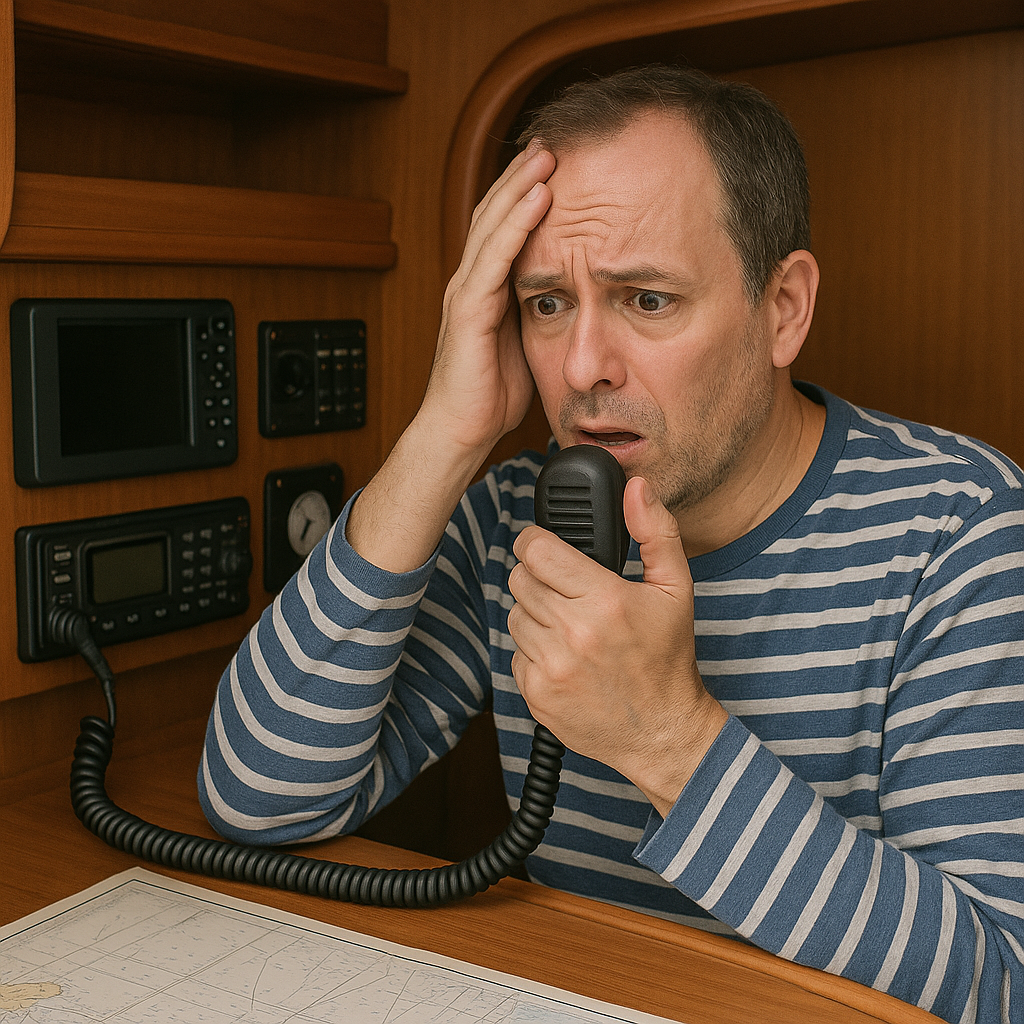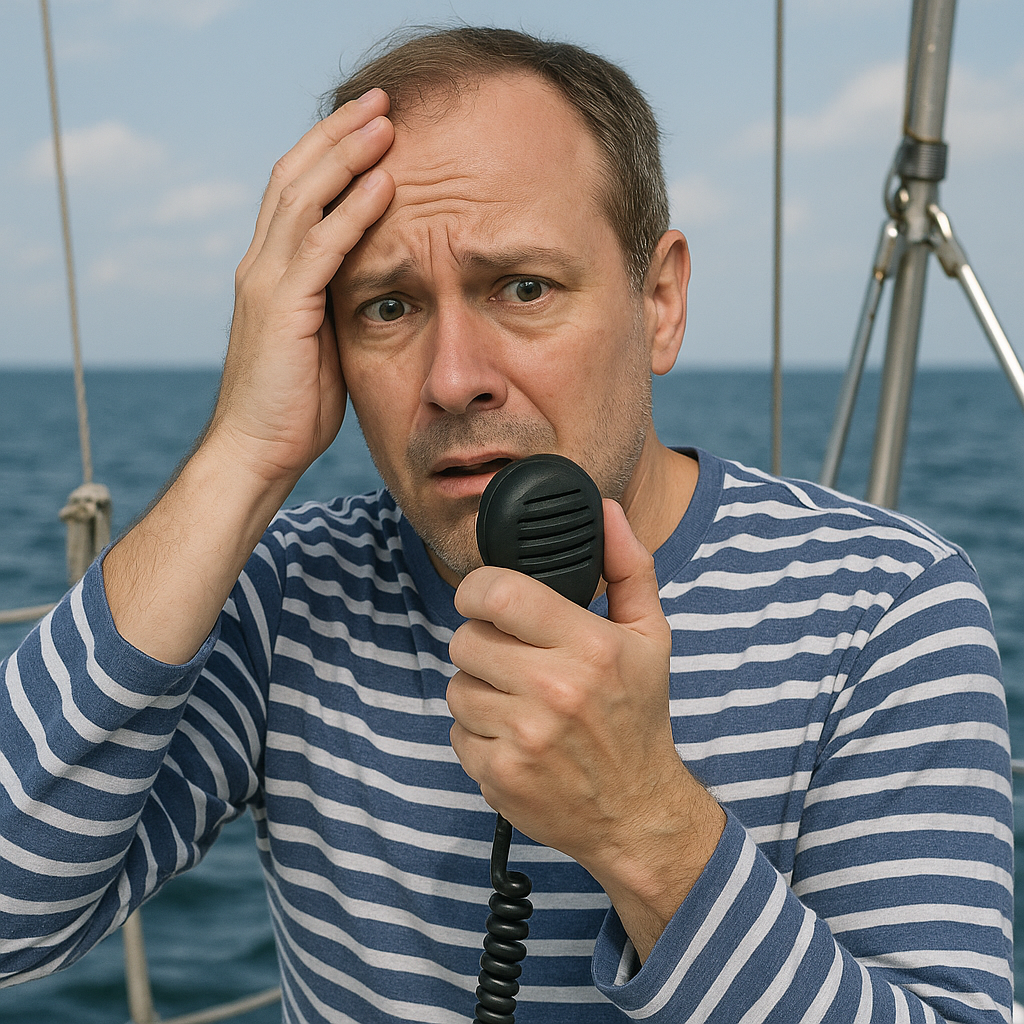A MAYDAY call is the most serious distress signal a mariner can make. It signifies a life-threatening situation that requires immediate assistance. Knowing how to make a clear and effective MAYDAY call is one of the most critical skills you can have on the water. In the stress of an emergency, it’s easy to forget the proper procedure. This step-by-step guide will walk you through how to make the perfect MAYDAY call, ensuring you get the help you need as quickly as possible.

The Structure of a MAYDAY Call
The international standard for a MAYDAY call is designed to be clear, concise, and provide all the necessary information to rescue services. The acronym MIPDANIO is a useful way to remember the order of information:
- Mayday
- Identification
- Position
- Distress
- Assistance Required
- Number of people on board
- Information (other)
- Over
Let’s break down each step.
1. The MAYDAY Call
First, select VHF Channel 16. Repeat the word “MAYDAY” three times. This repetition ensures that your call is heard and understood as a genuine distress call, distinguishing it from less urgent communications.
MAYDAY, MAYDAY, MAYDAY
2. Identification
State the name of your vessel three times, followed by your call sign once.
This is sailing vessel EXAMPLE, EXAMPLE, EXAMPLE, call sign WHISKEY X-RAY YANKEE ONE TWO THREE FOUR.
3. Your Position
This is the most critical piece of information for your rescuers. State your position as clearly as possible.
- GPS Coordinates (Best): “My position is five-zero degrees, one-two decimal three-four minutes North; zero-zero-six degrees, five-four decimal three-two minutes West.”
- Bearing and Distance from a Landmark: “My position is three nautical miles North of the Eddystone Lighthouse.”
- General Location: If you don’t have precise information, give your general location: “I am approximately 10 miles west of the Isle of Wight.”
4. The Nature of Your Distress
Explain exactly what is wrong. Be specific.
- “We have a fire in the engine room.”
- “We have struck a submerged object and are taking on water.”
- “We have a man overboard.”
- “We have a medical emergency; the skipper is unconscious.”
5. Assistance Required
Tell the rescue services what kind of assistance you need.
- “We require immediate assistance.”
- “We require a pump and firefighting equipment.”
- “We require medical assistance.”
6. Number of People on Board
State the number of people on board your vessel. This is vital for the rescue team to know how many people they are looking for.
"There are four people on board."
7. Other Information
Provide any other information that might be helpful to rescue services.
- A description of your vessel:
"We are a 40-foot blue sailboat with a white mast." - Your intentions:
"We are preparing to abandon ship." - Any safety equipment you have:
"We have a life raft and are wearing life jackets."
8. Over
End your transmission with the word “over.” This signals that you have finished your message and are awaiting a response.
MAYDAY, sailing vessel Example, WXY1234, over.
What to Do After the Call
After you have made your MAYDAY call, listen for a response. A coast guard station or another vessel should acknowledge your call. If you don’t receive a response after a short period, repeat the entire MAYDAY call.
Making a MAYDAY call is a skill you hope you never have to use, but it’s one you must be prepared for. The key is to stay calm, speak clearly, and provide all the necessary information in the correct order.
Ready to practice this critical skill in a safe and realistic environment? Try VHFmate for free. Our AI-powered simulator lets you practice MAYDAY calls and other emergency scenarios, so you can be confident and prepared for any situation on the water.
← Back to Blog